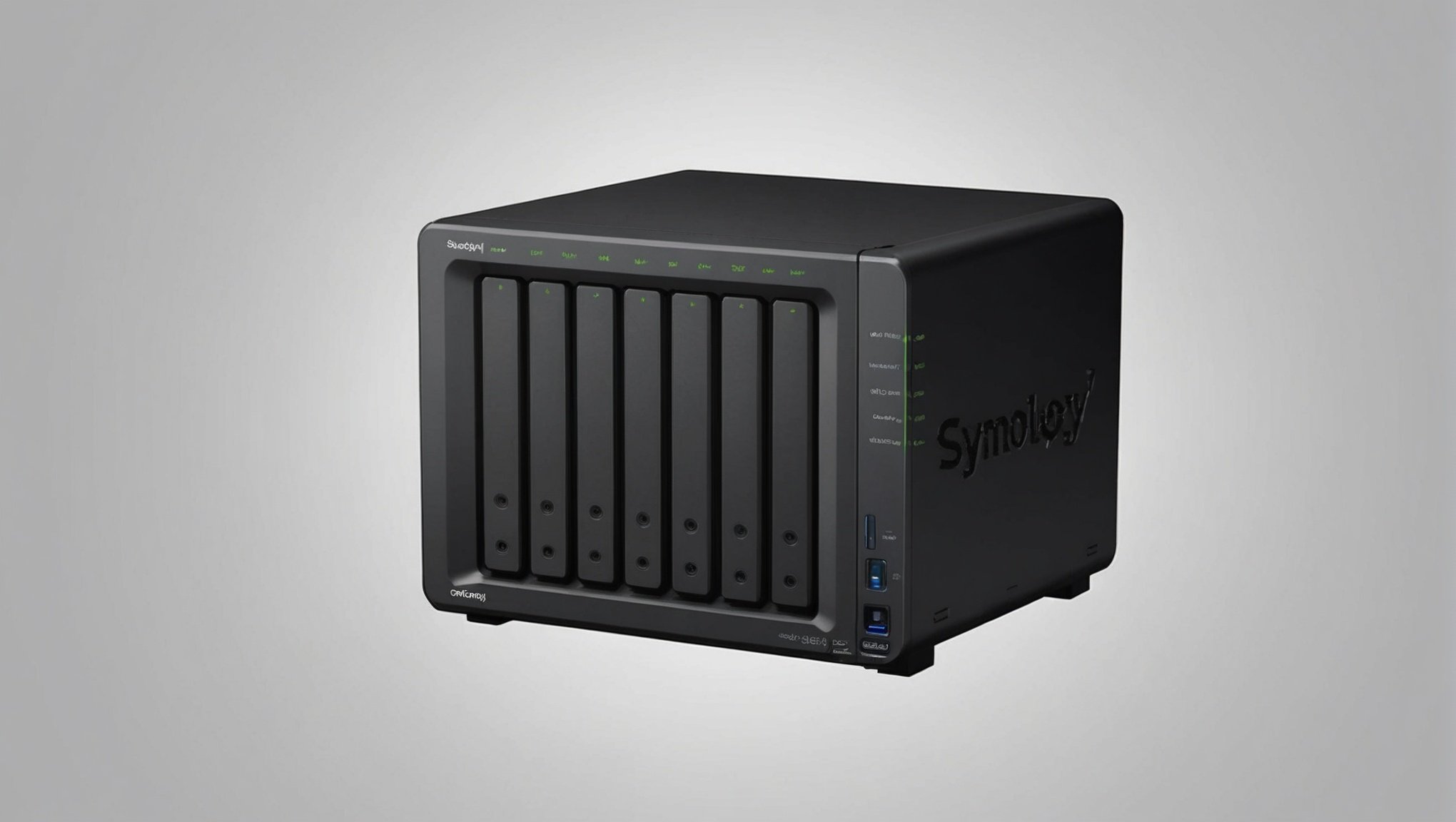The need for effective data management has become crucial for both businesses and individuals. A well-configured Synology DS220+ can serve as the backbone for your data backup strategy. This network-attached storage (NAS) device offers an array of functionalities tailored to ensure your data is safe, accessible, and organized. But how do you set it up for automated daily backups? Let’s delve into the best practices to achieve this.
Understanding the Importance of Automated Daily Backups
Automated daily backups are not just a convenience; they are a necessity in our data-driven world. Regular backups protect your data from accidental deletions, cyber-attacks, and system failures. The Synology DS220+ provides a robust platform to automate this critical task, ensuring your data is consistently backed up without requiring manual intervention.
Also read : What are the best methods for managing storage and backups using a Synology DS918+ in a home environment?
When you automate backups, you minimize the risk of human error, reduce downtime, and ensure that your files are always up-to-date. This is especially crucial for businesses that rely on continuous data availability and integrity. The Synology DS220+ offers a range of features designed specifically for this purpose, making it an excellent choice for both personal and professional use.
Initial Setup and Configuration of Synology DS220+
Before diving into the specifics of automated backups, it’s essential to correctly set up and configure your Synology DS220+. Proper initial configuration lays the groundwork for a seamless backup process.
Also to read : What are the necessary configurations to set up a secure VPN using a Netgear Orbi RBK752?
Start by unboxing your Synology DS220+ and connecting it to your network. Use the provided Ethernet cable to link the device to your router. Once connected, power on the NAS and wait for it to boot up. You can then access the Synology DiskStation Manager (DSM) through a web browser by entering the device’s IP address.
The first step in the DSM is to create a Synology Account. This will give you access to various features and updates. Following this, format the hard drives installed in your NAS. The DSM will guide you through this process, allowing you to choose between different file systems like Btrfs and EXT4. For automated backups, Btrfs is recommended due to its advanced data protection features.
After formatting, create user accounts and define their permissions. This is crucial for controlling access to your NAS and ensuring that only authorized users can modify backup configurations. You can also set up shared folders, which will serve as the destination for your backups. Be sure to enable networking services like SMB, AFP, or NFS, depending on your operating system.
Setting Up Backup Tasks in Synology DS220+
With the initial configuration complete, you can now focus on setting up automated backup tasks. The Synology DS220+ offers several built-in applications that make this process straightforward.
Start by installing Hyper Backup, Synology’s comprehensive backup solution. This tool supports multiple backup destinations, including local folders, external drives, and cloud services. Open Hyper Backup and create a new backup task. Select the source data—this could be specific folders, entire volumes, or even application data.
Next, choose your backup destination. If you’re backing up to an external drive, connect it to your NAS and select it as the destination. For cloud backups, Synology supports various services like Synology C2, Google Drive, and Dropbox. Each option offers different levels of security and redundancy, so choose one that aligns with your needs.
Hyper Backup also allows you to configure the backup schedule. For automated daily backups, set the frequency to every day and choose a time when your network is least busy. This ensures that the backup process does not interfere with other activities. You can also enable versioning, which allows you to retain multiple versions of your files. This is particularly useful for recovering older versions in case of corruption or accidental changes.
Implementing Best Practices for Data Integrity and Security
Ensuring data integrity and security is paramount when configuring automated backups. The Synology DS220+ offers several features that enhance these aspects, making your backup strategy more robust.
Enabling data encryption is a vital step. Hyper Backup supports AES-256 encryption, ensuring that your backup data is protected from unauthorized access. When you create a backup task, you can choose to encrypt the data. Be sure to store the encryption key securely, as losing it will make your backup data inaccessible.
Another best practice is to enable data compression. This reduces the amount of storage space required for backups, allowing you to retain more versions and reduce costs. Hyper Backup offers several compression algorithms, so choose one that balances speed and compression ratio.
Regularly testing your backups is also crucial. Schedule periodic restore tests to ensure that your backup data is complete and can be restored without issues. This helps identify any problems with the backup process and ensures that you can recover your data when needed.
Lastly, consider enabling two-factor authentication (2FA) for accessing your Synology NAS. This adds an extra layer of security by requiring a second form of verification in addition to your password. Synology DSM supports various 2FA methods, including email, SMS, and authenticator apps.
Monitoring and Maintaining Your Backup System
Automated backups are set-and-forget, but continuous monitoring and maintenance are essential to ensure long-term reliability. The Synology DS220+ offers several tools that help you keep tabs on your backup system.
The Resource Monitor in DSM provides real-time information about your NAS’s performance, including CPU usage, memory usage, and network activity. Regularly check this tool to ensure that your NAS is operating within acceptable parameters. High resource usage could indicate problems that need addressing.
Disk health is another critical aspect. The Storage Manager in DSM offers a detailed view of your hard drives’ status, including temperature, SMART attributes, and bad sectors. Regularly check this tool to identify potential issues before they lead to data loss. Synology also offers the HDD/SSD Cache Advisor, which recommends cache configurations to optimize performance.
Hyper Backup includes a backup log feature that records the details of each backup task. Regularly review these logs to ensure that backups are completing successfully and identify any errors. You can also set up email notifications to receive alerts about backup status, allowing you to address issues promptly.
Finally, keep your Synology DSM and all installed packages up-to-date. Synology regularly releases updates that include bug fixes, performance improvements, and new features. Enabling automatic updates ensures that your NAS is always running the latest and most secure version.
Configuring a Synology DS220+ for automated daily backups involves several steps, but the benefits far outweigh the effort. By following best practices, you can ensure that your data is consistently backed up, secure, and readily accessible. From initial setup and configuration to implementing robust backup tasks and ensuring data integrity, each step is crucial in creating a reliable backup strategy.
Automated daily backups not only protect your data from potential loss but also provide peace of mind, knowing that your valuable information is safe. By leveraging the powerful features of the Synology DS220+, you can create a backup system that meets your needs and adapts to future challenges. So, take the time to configure your NAS correctly and enjoy the security and convenience it offers.











